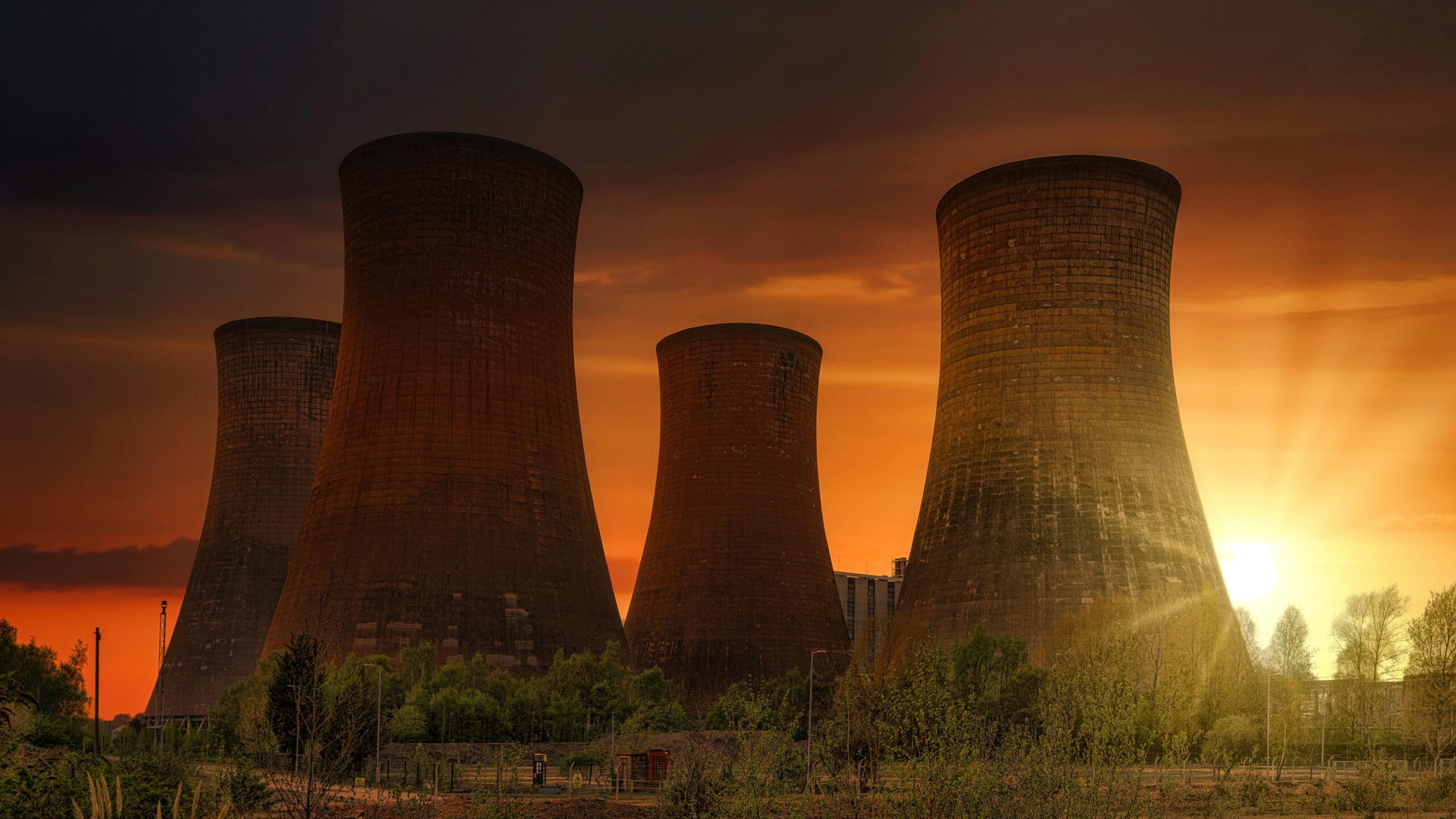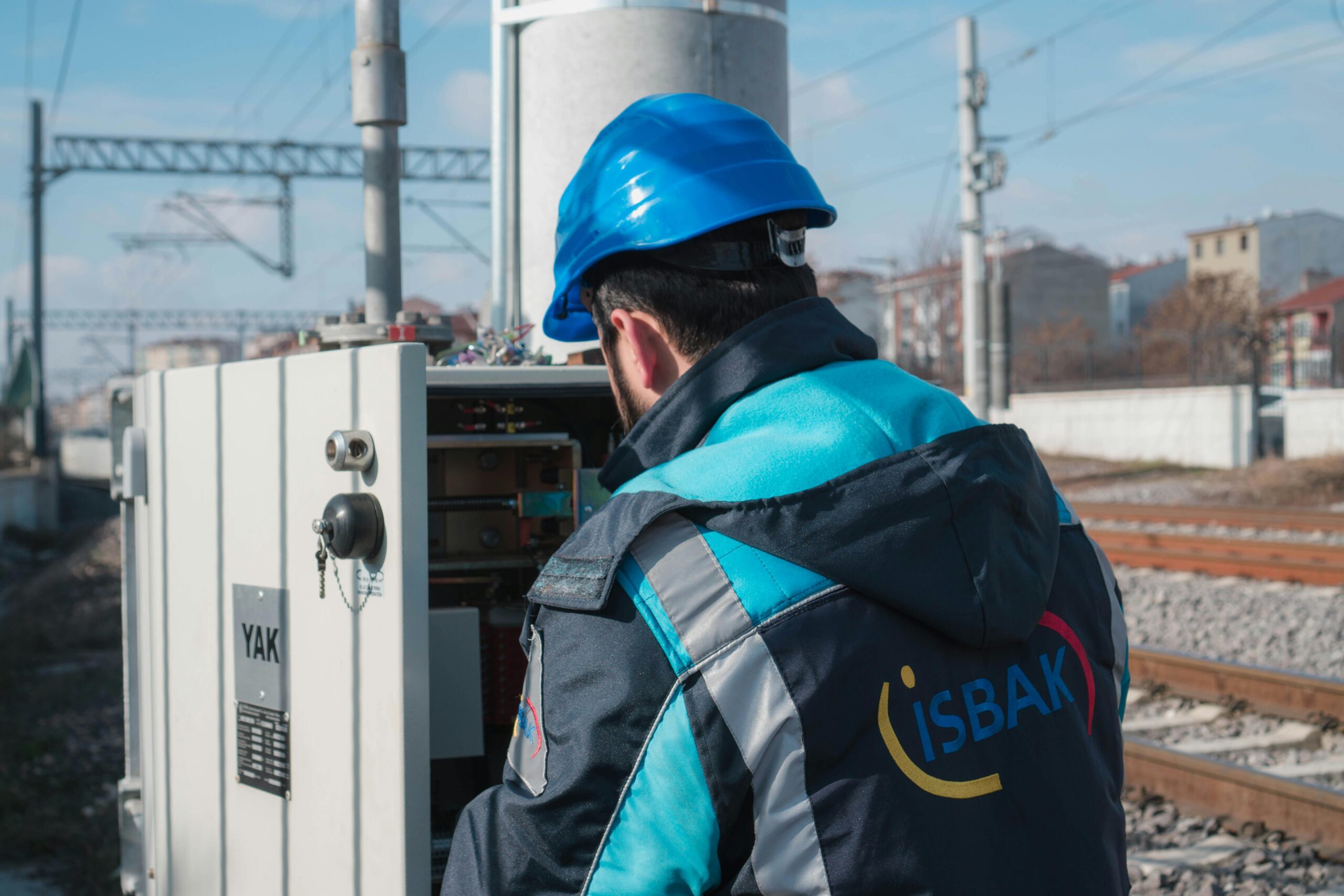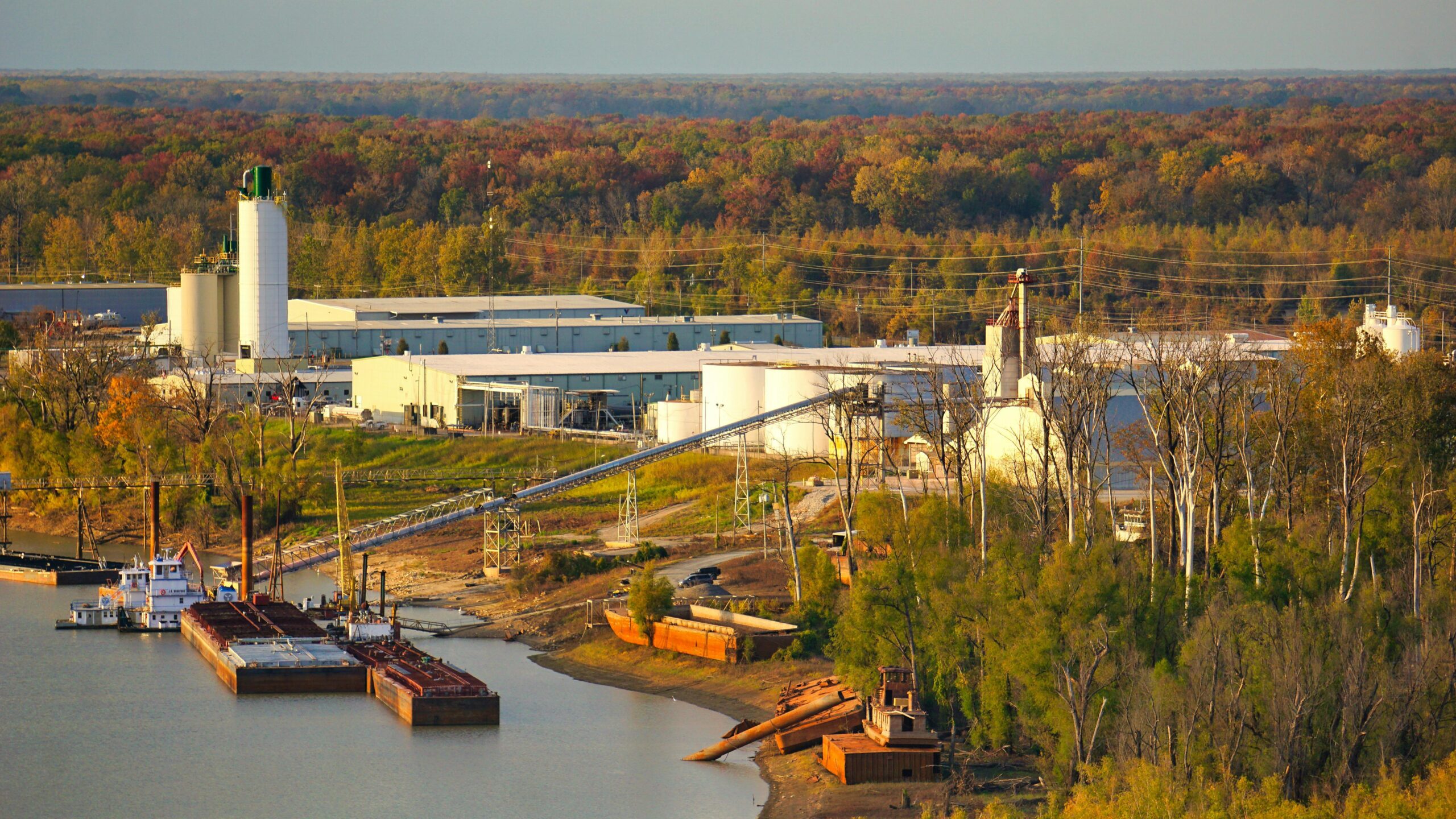
Fast-Track or Flex? Choosing the Right Nuclear Licensing Path
10CFR50 vs 10CFR52: Choosing the Right Nuclear Licensing Path
Author: Bruce Nicholson
Executive Summary
When planning a new nuclear power plant, whether it is a large, advanced reactor or a small modular reactor (SMR), one of the most critical early decisions developers must make is selecting the appropriate licensing path. U.S. regulations offer two primary options: the traditional 10CFR50 two-step process and the more recent 10CFR52 one-step process.
10CFR50 provides flexibility through sequential Construction Permit (CP) and Operating License (OL) stages, but it introduces regulatory and timeline uncertainty. By contrast, 10CFR52 integrates these into a Combined Operating License (COL), encouraging upfront planning, standardized design, and improved project predictability.
This insight compares the structure, advantages, and strategic implications of both frameworks, drawing parallels between 10CFR52 and the FEED (Front-End Engineering and Design) methodology. It highlights how Rev1 Energy supports clients in aligning licensing decisions with commissioning goals to reduce risk and enhance delivery confidence.
For project owners, EPCs, and investors seeking to de-risk their nuclear projects, this insight provides an understanding of which framework best matches their commercial and technical objectives, and how Rev1 can guide the journey.
Introduction
The licensing and regulatory oversight of nuclear power plant development in the United States began under the Atomic Energy Commission (AEC) as mandated by the Atomic Energy Act of the 1950s. These responsibilities transitioned to the Nuclear Regulatory Commission (NRC) in the early 1970s and are outlined in Title 10, Chapter 1 of the Code of Federal Regulations (10 CFR).
10CFR Chapter 1 comprises 199 parts (some reserved). Two parts serve as the primary regulatory frameworks for licensing nuclear power plants:
- Part 50: The original and still active framework used to license most U.S. nuclear power plants.
- Part 52: Introduced in the late 1980s, providing a more modern and streamlined alternative to Part 50.
Basic Steps of Each Licensing Process
10CFR Part 50: Licensing of Production and Utilization Facilities
A two-step process:
Construction Permit (CP):
- Preliminary design and environmental impact are submitted.
- NRC reviews the application and conducts public hearings.
Operating License (OL):
- Includes updates to design, construction records, test programs, and operational plans (including emergency preparedness).
- Further NRC review and public hearings are required.
10CFR Part 52: Licenses, Certifications, and Approvals
A one-step process aimed at regulatory efficiency and predictability:
Combined Operating License (COL): Application covers design, construction, testing, and operation.
Optional supporting approvals include:
- Early Site Permit (ESP): Site approval independent of reactor design.
- Design Certification (DC): NRC pre-approval of standardized designs.
- Standard Design Approval (SDA): Similar to DC but not rule-based.
Visual Comparison Table
| Feature | 10CFR50 (Two-Step) | 10CFR52 (One-Step) |
| Application Type | CP + OL | COL |
| Flexibility | Higher (allows design changes) | Lower (design locked early) |
| Predictability | Lower | Higher |
| Regulatory Risk | Higher | Lower |
| Public Hearings | At CP & OL stages | Primarily front-loaded |
| Timeline Impact | Longer, more uncertain | Shorter, more defined |
| Standardized Designs | Optional | Encouraged |
| Alignment with FEED | Lower | Higher |
Strategic Implications
From a developer’s perspective, the decision between 10CFR50 and 10CFR52 is strategic.
- 10CFR50 allows greater design flexibility but introduces more regulatory uncertainty and delays due to two-stage reviews and public hearings.
- 10CFR52, while more rigid, provides greater predictability and front-loads planning and public scrutiny, leading to fewer disruptions during construction.
In past decades, 10CFR50 Operating License hearings often opened the door to legal and political challenges late in the project lifecycle, creating cost overruns and investor hesitation.
The 10CFR52 approach resembles the FEED (Front-End Engineering and Design) model, emphasizing robust up-front planning across site, safety, and operational readiness. This reduces execution risk and aligns with modern project management practices.
Conclusion
LNG is reshaping the global energy landscape by driving economic growth, enhancing energy security, and enabling industrial competitiveness across continents. At the same time, it delivers tangible environmental benefits, from reduced greenhouse gas emissions to improved air quality.
As technology advances and oversight strengthens, LNG can serve as both a catalyst for economic prosperity and a stepping stone toward a cleaner, more sustainable energy future.
Let’s talk about your licensing strategy. Connect with Rev1 Energy’s Nuclear Services Team today and explore how we can:
- De-risk your licensing path
- Streamline commissioning and validation
- Drive early certainty in execution planning
Contact us a bruce@rev1energy.com We help your project run smoother.

Lets get started
Discover how our commissioning software can transform your project management. Contact us today for a personalized consultation and demo!



